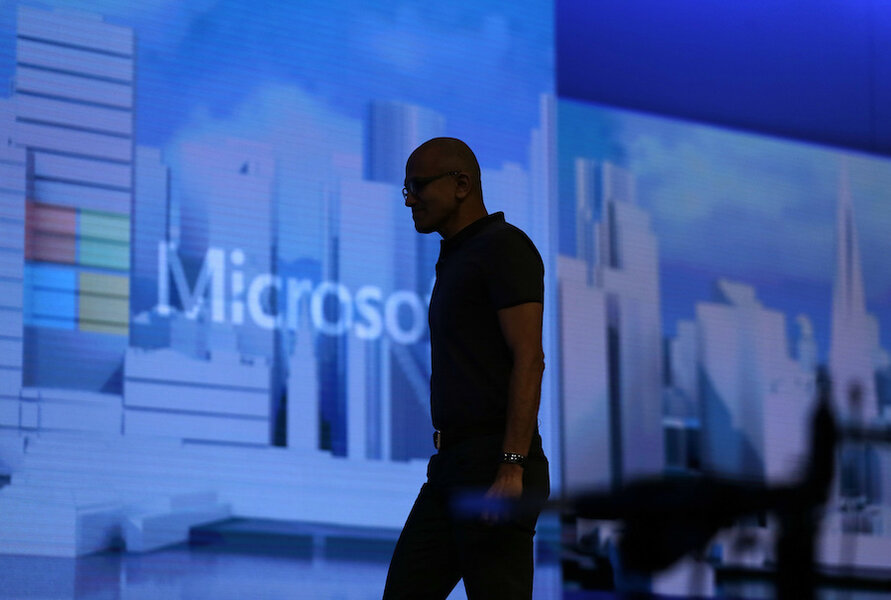Twitterbot Tay could be the future for Microsoft
Loading...
Microsoft’s artificial intelligence Twitterbot was designed to answer one question: "Could an AI bot captivate the 18-to-24-year-old demographic in the US for entertainment purposes?"
The answer is "yes," but not in the way Microsoft was hoping.
Twitterbot Tay came back online Wednesday to a warm and raucous welcome on Twitter. The bot was previously deactivated by her engineers for "adjustments," but accidentally reactivated for a brief time during testing, according to a Microsoft spokesperson. The brief reactivation resulted in a new series of tweets that ranged from glitches with the AI program, a fair amount of sass, and references to drugs.
The bot was shut down originally after it learned a new profane vocabulary from other Twitter users, adopted an affinity for Adolf Hitler, and picked up a more offensive attitude. The situation has all the hallmarks of a failed program a corporation would set aside before another negative public relations stunt. But for Microsoft, Twitterbot Tay could be the future.
"As an industry, we are on the cusp of a new frontier that pairs the power of natural human language with advanced machine intelligence," said Microsoft CEO Satya Nadella at Build 2016.
At Microsoft's conference for developers, the company introduced a new direction it was heading: "Conversations as a Platform." The concept relies on the idea that simple apps used on smartphones will one day be replaced by interactive systems designed to make technology focus around conversation.
For the concept to take hold, it will need to be run by bots and programs that can communicate with humans.
Bloomberg's Dina Bass described how ubiquitous the programs would be:
They’ll act as your interface with computers and smartphones, helping you book a trip or send a message to a colleague, and do that through a conversation instead of a mouse click or finger tap.
The technology is not as far away as Tay's Twitter introduction would make it seem. Facebook's Messenger app already lets people make reservations and appointments and Apple's Siri and Microsoft's Cortana can answer questions and look up information.
A version of Twitterbot Tay launched by Microsoft in China has also produced much more promising results. Named XiaoIce, the Chinese version of the chatbot has 40 million active users that communicate with the bot in depth to hear stories and conversations, according to Microsoft.
Whether an American audience is ready to welcome Tay or similar AI bots back onto Twitter, much less onto their smartphones and into their lives, is unclear. Reactions to Tay varied greatly.
Some sought to corrupt the program.
Some used it a philosophical mirror to analyze society.
It was approved by other AI Twitterbots.
And it caused some Twitter users to wax poetic.






